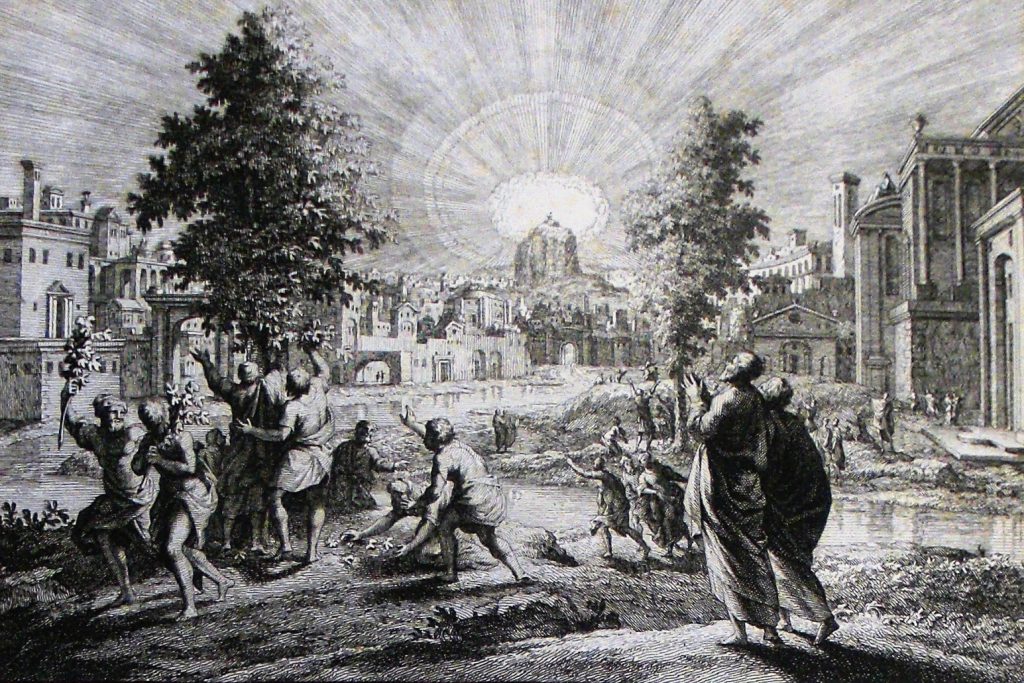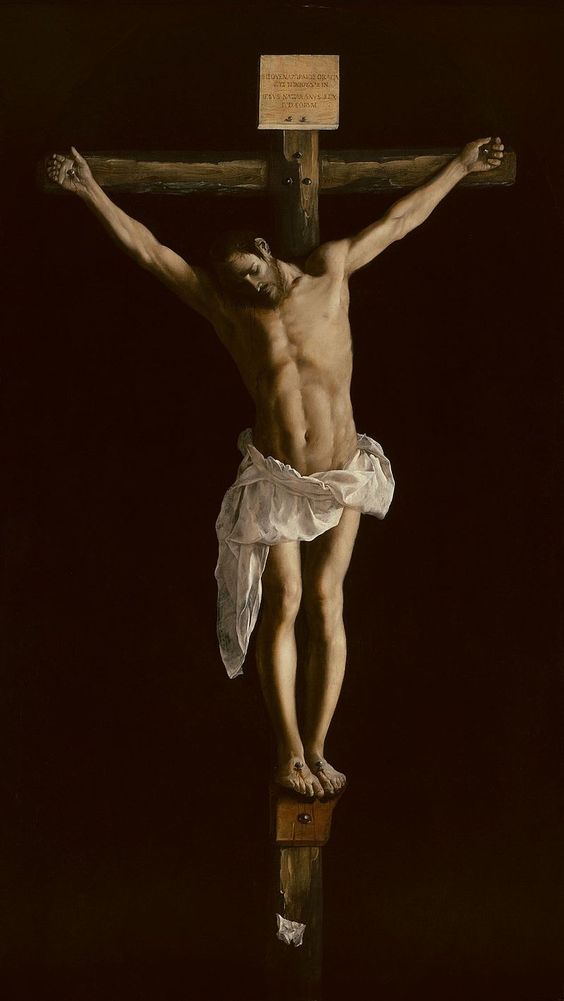This is our last issue in 2016. The next one will be published on Jan. 4, 2017. The letter below is the third in a series from Joseph Tkach addressing the origin, dating and Christian celebration of Christmas. To read an article (Some Thoughts About Christmas) that compiles all three letters, click here.
Dear Brothers and Sisters,

Rejoice! Christmas is almost here. In celebrating Christ’s birth, many Christians display a Christmas tree. For them, the colorful lights and ornaments add to the ambiance of the season. Some Christians choose not to have a Christmas tree, and that’s fine, as long as they don’t buy into the false idea that having one is tantamount to joining in pagan worship. I chuckle at that notion because, though I love trees, I’ve never worshiped one, nor have Christians down through the ages. There is a strict and obvious difference between the pagan worship of trees and what Christians do in displaying a decorated tree during the Christmas season.
The Bible says a lot about trees. It tells us that God created trees for us to enjoy and to care for. It tells us that God placed two special trees in the Garden of Eden—the tree of life and the tree of the knowledge of good and evil. Some commentators see the tree of life as symbolic of blissful eternal life in God’s presence. Others see the Garden of Eden as symbolizing heaven, with the tree of life symbolizing Christ through whom eternal life is gained.

In the book of Proverbs, trees signify life and happiness (Proverbs 3:18; 11:30; 13:12; 15:4). Elsewhere, trees often symbolize God’s redemption. Note what Isaiah says about the promised Messiah: “A shoot will come up from the stump of Jesse; from his roots a Branch will bear fruit” (Isaiah 11:1). Other passages refer to the Messiah as “the Branch of the Lord,” “the Righteous Branch,” and “God’s Servant, the Branch.” These are references to God’s gracious work in raising up within our time and space a Messiah to give life and righteousness to all who believe in him (see Isaiah 4:2; Jeremiah 23:5-6; 33:15-16; Zechariah 3:8; 6:12).
The Bible mentions multiple kinds of trees, including almond, acacia, apple, ash, aspen, balsam, broom, carob, cassia, cedar, citrus, cypress, date palm, elm, evergreen cypress, fig, gopher, holm, mastic, mulberry, mustard, nuts, oak, oil, olive, pine, poplar, sandalwood, spice, storax, sycamine, sycamore, tamarisk, terebinth and willow. In Hosea, God refers to himself as a tree: an evergreen tree! “O Ephraim, what have I to do with idols? It is I who answer and look after you. I am like an evergreen cypress; from me comes your fruit” (Hosea 14:8 ESV).

Wikimedia Commons)
In the New Testament, the Greek word xulon is used for both the cross and trees, including the tree of life (Revelation 2:7; 22:2, 14, 19). Jesus compares himself to a tree as he hears women lamenting his plight: “For if people do these things when the tree is green, what will happen when it is dry?” (Luke 23:31). Jesus calls himself a green tree because of his eternal power and capacity to give new life.
No right-thinking Christian would ever worship a tree. They know God taught Israel to avoid idolatry, and it’s idolatrous to think that any part of God’s creation is divine. Embracing that belief set Israel apart from its pagan neighbors who viewed the sun, moon and stars as divine, and regarded vegetative and human fertility as making use of the power of the gods. Though God commanded Israel to reject such pagan notions, he did affirm the goodness of all that he created—distinguishing between the absolutely distinct, holy, particular and personal goodness of God (who alone is uncreated and thus divine) and the relative, limited (fallen-distorted) goodness of God’s created gifts.
This distinction between what is divine and what is created informs how Christians view the bread and wine served at the Lord’s Table. The communion elements are created, not divine. However, as signs of the real presence of our divine-human High Priest Jesus Christ, they are powerful reminders of God’s atoning work in and through Christ—both in the past and in the present, at the Table. In communion services within liturgical churches, before the bread and wine are consumed, the elements are lifted up to God in a prayer of consecration, given in recognition that the created elements have no power in themselves to give us fellowship and communion with God. Each and every time the Lord’s Supper is served, God graciously acts by his Spirit in making these created things to be channels of his grace to us as we worship Jesus for how he—on a tree!—poured out his blood from his broken body to conquer sin and death for all humanity.
It is interesting (and likely highly significant) that in the Bible the grand narrative of salvation is book-ended with key scenes featuring trees. Note this from fourth century church leader John Chrysostom:
Do you see how the devil is defeated by the very weapons of his prior victory? The devil had vanquished Adam by means of a tree [of the knowledge of good and evil]. Christ vanquished the devil by means of the tree of the Cross. The tree sent Adam to hell. The tree of the Cross brought him back from there. The tree revealed Adam in his weakness, laying prostrate, naked and low. The tree of the Cross manifested to all the world the victorious Christ, naked, and nailed on high. Adam’s death sentence passed on to all who came after him. Christ’s death gave life to all his children.
It’s not a sin, and thus there is no Christian prohibition against using decorated trees to celebrate the way Jesus created trees and then used them in fulfilling God’s plan for the redemption of humankind. When we use a Christmas tree as part of our celebration of the nativity of Christ, we do so as a mere sign (witness) of God’s great gift of his Son who brings eternal light and life into our dark world. We let the light of Christ, which shines down on those trees, reveal to us their true meaning. We refuse to let any pagan Grinch of Christmas trees past steal way that Christ-centered significance. The often star-tipped tops of our Christmas trees point humbly up to their transcendent Maker and Redeemer—the One who from heaven came down to us in the humble form of a servant, born in a manger in Bethlehem.
Jesus, the second Adam, redeemed the distorted relationships that through the first Adam had intruded into all creation (trees included). By dying on the “tree” of the Cross, Jesus brought redemption to humanity and light to the world. Through his sacrifice, he brought forgiveness, hope and salvation. We don’t worship trees, but because of what Jesus did, trees can serve as witnesses to God’s glory—reminders of his grace and love for all humankind.
I pray you have a joyous and fruitful celebration of Jesus’ incarnation,
Joseph Tkach
PS: For a related GCI article on Christmas trees and Jeremiah 10, click here. For a Christianity Today article on the history of the Christmas tree, click here.



Many thanks for these last 3 messages! Such a blessing to receive them at this time. Christmas joy and love to you and Tammy.
All three of Dr. Tkach’s articles on Christmas are now available as a single article at https://www.gci.org/together/15/some-thoughts-about-christmas.